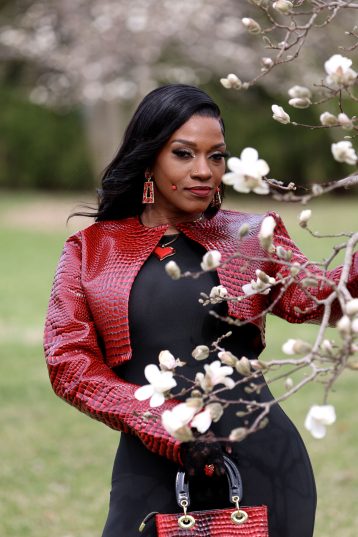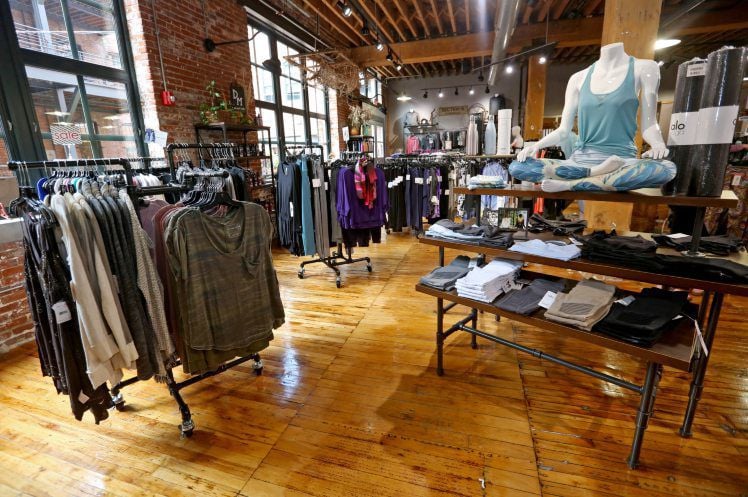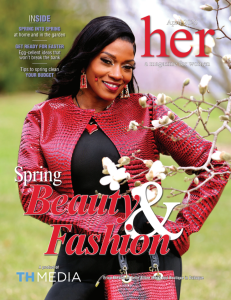When COVID-19 came and changed everyone’s lives in March, it took down engaged couples’ original wedding and honeymoons plans along with everything else, making many soon-to-be newlyweds postpone their nuptials to later in the year, or even into 2021.
Since the way we navigate life has changed due to the pandemic, it only makes sense that wedding trends fall in line too. Wedding planning website The Knot released its projected trends for 2021 weddings, dubbing it the “year of intentionality.” While past trends typically fall somewhere between color palettes and cakes, those forecasted for next year were born out of the pandemic.
Welcome boxes filled with hand sanitizer, masks, favors and other knick-knacks will likely replace the welcome bags of the past for some couples, according to The Knot. Sentimental table tops with custom linens, diverse vendors, brunch weddings, and nanomoons — trips to a local destination or someplace within driving distance — are among some of next year’s trends as well.
Mismatched seating and living room decor also are projected to be elements in many weddings next year.
Tents are expected to be a top request from couples as outdoor weddings are more common during the pandemic.
Lori Stephenson, owner and principal of LOLA Event Productions in Chicago, says outdoor weddings are of the essence to her clients right now.
“The biggest thing for us is that if people are downsizing or planning for something in the more immediate future, that outdoor space is even more important than ever,” said Stephenson. “Any sort of option that we can have to provide some fresh air and circulation for an event is something that people feel a little bit more comfortable with.”
Chicago Mayor Lori Lightfoot imposed a 10-person limit on weddings and other gatherings starting Monday.
But just because couples have to scale back their wedding doesn’t necessarily mean they’re going to spend less; rather, they’re finding different places to put the funds and make specific elements of their celebrations more special and elaborate.
The Knot expects to see couples using florals in a more dramatic and sentimental way in 2021.
“Weddings I’ve done that we’ve paired back … we’ve really been doing really beautiful over-the-top flowers,” said Stephenson. “I’ve not only put flowers on tabletops, but we can put decor on a staircase, or a fireplace, or do really beautiful installations around a sweetheart table, really beefing that part of it up. … So they’re still kind of finding some splurges in other places. I think that gives clients — who were originally planning for something bigger — maybe this is the silver lining.”
One in three weddings happen on a weekday, according to the report from The Knot, and the brand projects an uptick in weekday weddings next year.
Many Saturdays in 2021 for Stephenson and her team are already booked due to postponements from this year, she said. She’s urging couples to take advantage of having their celebration on another day.
“I have gotten so many inquiries for September (and) October of 2021, and … those Saturdays were gone months ago,” she said. “If you want to look at the second part of 2021 … there’s just nothing left on Saturday. People need to get creative with the day of the week or they need to start looking further into the future into 2022.”
Dinner, dancing and entertainment will look a lot different too. The Knot predicts bistro-style entertainment, multiple tiny toasts, and smaller plates. Seating will likely change such as having socially distanced mismatched furniture during a ceremony or pods during the meal.
“We’re really looking at adding courses for dinner, making it more about the meal than about getting through the meal and getting to the dancing,” said Stephenson about a May 1 wedding she’s planning. “Instead of a cocktail hour where people are standing around, and then sitting down for one or two courses, and then getting up and dancing, we are planning for a seated meal of five or six courses where we do a plated appetizer, a plated first course, a soup, and a salad, and a sorbet, and potentially multiple small plates for dinner.”
Families will be seated together, and in other instances, there will be small tables of two to four people, and then larger groups that are a part of a pod, said Stephenson. “Seating is all changing,” she said. And instead of a band, “we are doing a piano player where you can text requests.”
Christen A. Johnson writes for the Chicago Tribune.












